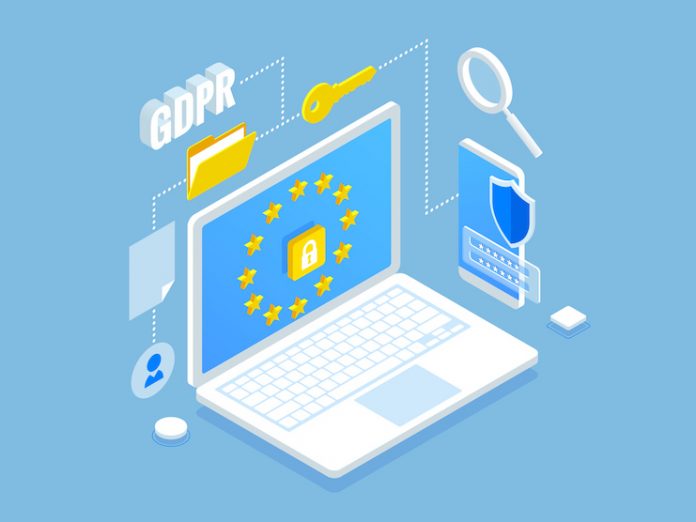
Thousands of companies today, large and small, are realizing the importance of building trust and giving customers a voice through functions such as customer consent and preference management. Regulations such as the General Data Protection Regulation (GDPR) and the California Consumer Privacy Act (CCPA), as well as backlash related to poor customer experiences, have forced much of this shifting environment for brands today.
Why is consent and preference management becoming more important?
Customer consent is important because it grants permission for brands to provide marketing or service communications with prospects and customers. Preference management is also important. We all sign up for newsletters, product information, promotions as well as lifestyle preferences related to things such as travel. Therefore, it is important for all customer-facing departments (e.g. marketing, sales, and customer service) within a business to make it easy for customers to indicate and change their preferences as their interests evolve over time.
Companies today are spending millions on marketing technologies that enable seamless customer consent and preference management. Research firm Markets and Markets estimates that the consent management industry will represent $765 million by 2025, up from $317 million in 2020.
Choosing a preference and consent management provider
While many businesses are realizing they need these critical technologies to enhance, refine, and preserve the overall customer experience, they should do their homework when selecting the right preference and consent management technology provider to work with, as not all are created equal.
At first glance, there are a handful of enterprise-level technology providers that do everything from customer relationship management to marketing automation to preference management. These cloud-based software companies offer a suite of applications that help companies manage all aspects of their business. The allure of working with a provider such as this is the single vendor, “all-in-one” solution where there are often no additional costs or integration required for a core platform.
Specialty and boutique providers that focus on preference management and consent solutions may offer a more holistic approach that includes strategy, best practices, process, and governance in addition to technology. They often start by interviewing customers to understand what’s truly important to consumers and use those insights to design a solution that meets both the consumer’s and organization’s needs. This roadmap helps position them to manage the deployment process and help gain adoption. This internal and external adoption can lead to increased customer engagement, improved marketing ROI, and higher revenue potential.
Along with internal adoption comes the ability to integrate preferences for consumers across the entire organization and its many departments—a critical function that can be missed by providers whose offerings aren’t designed to meet this unique set of needs. This integration leads to a single view of the customer, greater customer trust, and assurance of regulatory compliance.
On the surface, listening to customers and honoring their preferences is not only obvious—it’s a must in today’s customer-driven business climate. Every business today must listen to its customers and the outcomes are immediate and apparent. As digital environments grow increasingly more complex—along with the penalties introduced for non-compliance—businesses of every size and in every region must seek out solutions that fit their needs. It is up to each individual business to determine the right provider to work with for the right set of unique solutions.









